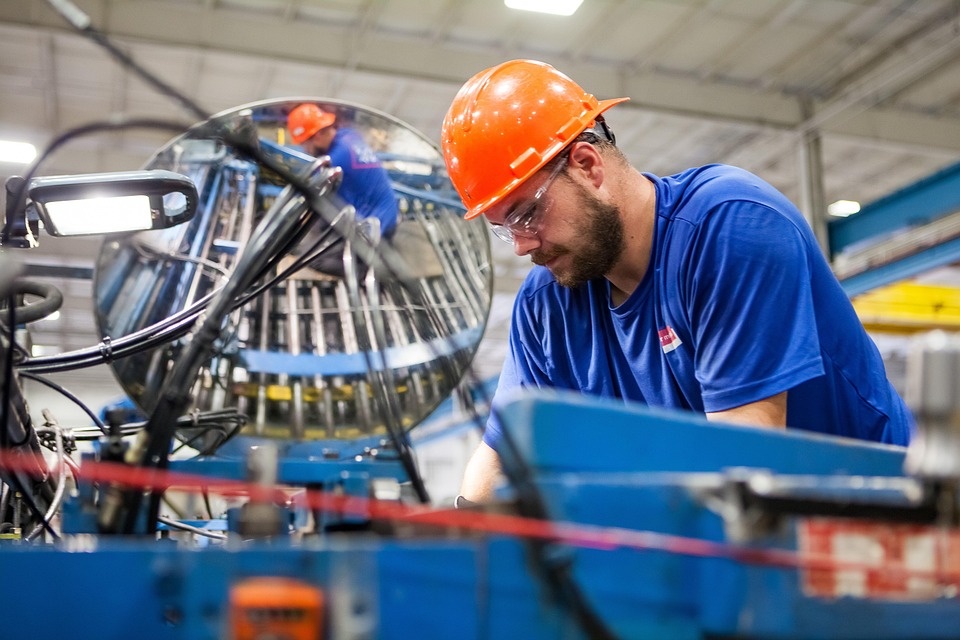
Alloy
A high-tech enterprise focusing on the development and application of X-ray technology products, committed to becoming a leading supplier of X-ray industrial testing solutions.
Understanding the Factors That Influence Handheld XRF Analyzer Prices in South Africa
Handheld XRF (X-ray fluorescence) analyzers are invaluable tools in industries ranging from mining and construction to environmental science and manufacturing. These portable devices enable quick, accurate, and non-destructive material analysis, making them a preferred choice for professionals who need to analyze a variety of elements in the field. However, as with any technology, the price of handheld XRF analyzers can vary significantly, especially in South Africa. In this article, we will explore the various factors that influence the pricing of these devices in the South African market.
1. Brand and Manufacturer Reputation
The brand and reputation of the manufacturer play a significant role in determining the price of handheld XRF analyzers. Established manufacturers, such as Thermo Fisher Scientific, Olympus, and Hitachi, tend to offer products at a premium because they are known for producing high-quality, reliable, and durable instruments. These brands often come with extensive customer support, warranties, and calibration services, which add to the overall cost.
On the other hand, lesser-known or emerging brands may offer lower-priced alternatives that provide basic functionality but lack the advanced features, support, or longevity associated with more established brands.

Terras EulerX900 Handheld Alloy Analyzer
2. Detector Type and Sensitivity
The type of detector used in a handheld XRF analyzer can significantly influence its price. There are two main types of detectors: silicon drift detectors (SDD) and traditional semiconductor detectors. SDD detectors offer higher sensitivity and accuracy, especially when detecting trace elements in materials, but they come at a higher cost.
The sensitivity of the analyzer also impacts the price. Devices with higher sensitivity can detect smaller quantities of elements, which is crucial for industries such as mining and environmental testing. As a result, high-sensitivity analyzers tend to be priced higher due to their advanced technology.
3. Measurement Range and Element Coverage
Handheld XRF analyzers vary in their ability to analyze a wide range of elements. Some devices can measure only a limited set of elements, while others can analyze a broader spectrum, from light elements (like magnesium and aluminum) to heavier elements (such as lead, mercury, and gold).
The wider the range of elements the device can analyze, the more expensive it will be. For example, devices that can test materials for a variety of precious metals or hazardous substances are priced higher due to the complexity and precision of their internal sensors.
4. Battery Life and Portability
One of the key selling points of handheld XRF analyzers is their portability. A well-designed portable device allows users to perform on-site analysis without the need for a power outlet. The battery life of the analyzer is a critical factor in determining its price, as longer battery life and quick charging features increase the cost of manufacturing.
In South Africa, where outdoor and remote site analysis is common, longer battery life is particularly valuable. Devices that can operate for extended periods, especially in rugged conditions, are priced higher to reflect their enhanced capabilities and durability.
5. Calibration and Software Features
Modern handheld XRF analyzers come equipped with sophisticated software that allows users to perform a wide range of analyses and data interpretations. The inclusion of advanced software features such as multi-element scanning, advanced calibration settings, and the ability to store and share data increases the price of the device.
6. After-Sales Support and Warranty
Another factor that influences the price of handheld XRF analyzers in South Africa is the level of after-sales support and warranty offered by the manufacturer or distributor. Devices with comprehensive support packages, including training, repair services, and extended warranties, tend to be priced higher. These services are essential for businesses that rely heavily on these devices for daily operations, as they ensure the analyzer remains functional and accurate throughout its lifespan.
7. Regulatory Compliance and Certifications
In industries like mining, environmental monitoring, and manufacturing, regulatory compliance is crucial. Handheld XRF analyzers that meet international quality standards and certifications (such as ISO 9001 or CE marking) are often priced higher. These certifications ensure that the devices are reliable, safe, and meet industry-specific requirements.

Terras EulerX900 Handheld Alloy Analyzer
The EulerX 900 series is an excellent choice for fast, accurate metal analysis across various fields. With advanced electronics and mathematical algorithms, it delivers superior results in seconds. Ideal for inspecting materials, finished products, and production parts, it offers non-destructive analysis. Its easy operation enables quick alloy grade and chemical composition readings on the touch screen, requiring minimal training and no sample preparation, regardless of shape or size.
Used for alloy grade identification, quality control, scrap recycling, precious metals analysis, PMI, and more, the EulerX 900 is a versatile tool.
Conclusion
The price of handheld XRF analyzers in South Africa is influenced by a range of factors, from brand reputation and detector sensitivity to software features and after-sales support. Businesses seeking to invest in these devices should carefully consider the specific needs of their industry, the quality of the analyzer, and the additional costs that may come with ownership, such as maintenance and training.
Join Us
Subscribe to our email list for updates & promotions.



